【my busty asian girlfriend private sex video】
OCZ Technology was founded in 2000 by Ryan Petersen as "The my busty asian girlfriend private sex videoOverclockerz Store," an online hardware reseller that catered to computer enthusiasts. The company started out selling binned processors and memory kits capable of running faster than their rated speeds - items which overclockers were willing to pay a premium for.
Eventually, Petersen parlayed the store's success into a mainstream PC component business, which became OCZ Technology. The San Jose-based firm rapidly expanded into multiple categories, including branded video cards, keyboards, mice, and even explored more exotic offerings like the Cryo-Z phase change cooling system.
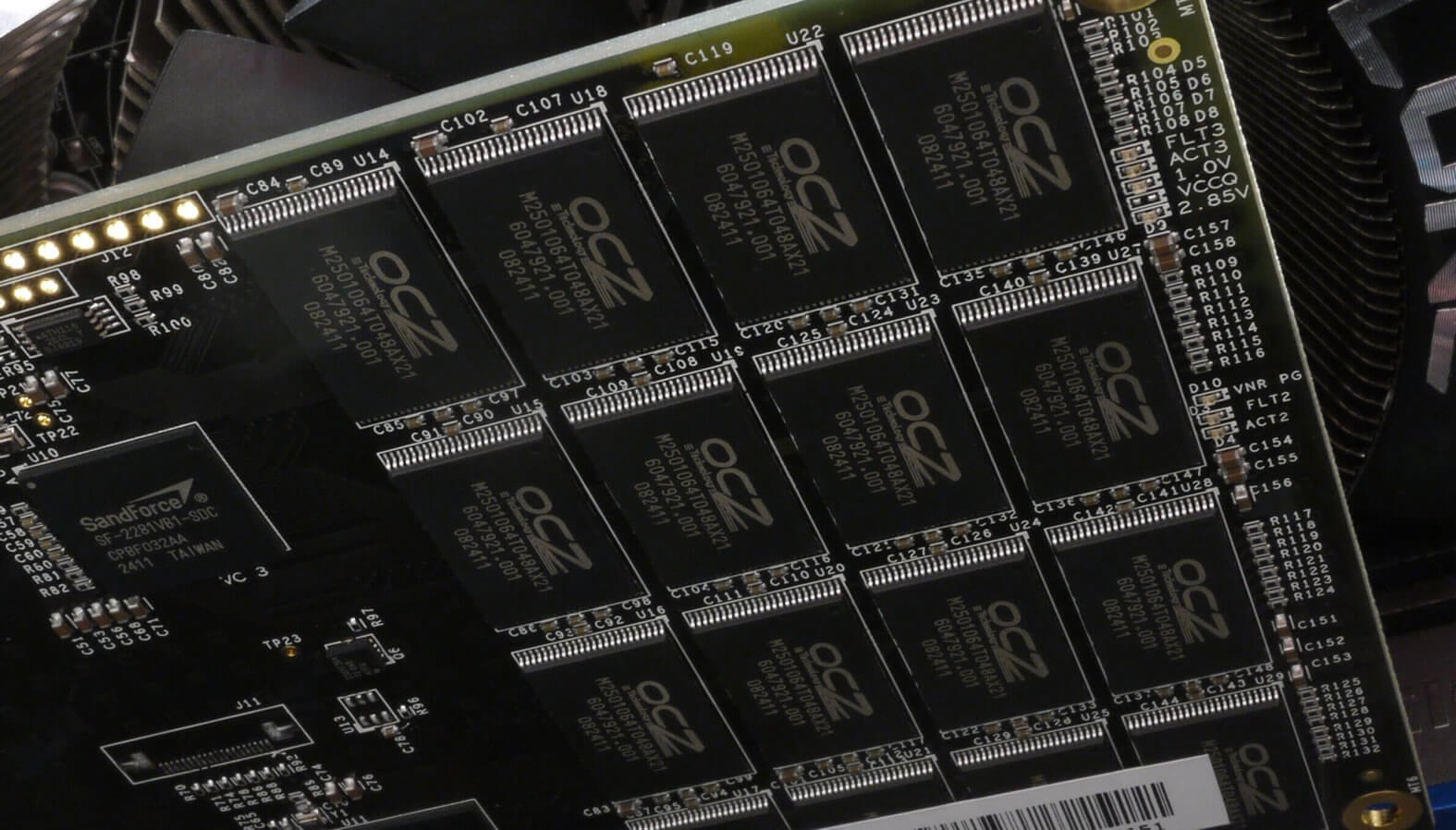
In 2007, OCZ shored up its power supply business by acquiring PC Power & Cooling, one of the most well-respected firms in the industry at the time.
A year later, OCZ partnered with Johnathan "Fatal1ty" Wendel to design a range of memory and power supplies for gamers. Most, however, will remember the company for its contributions and advancement of early solid-state drive technology.
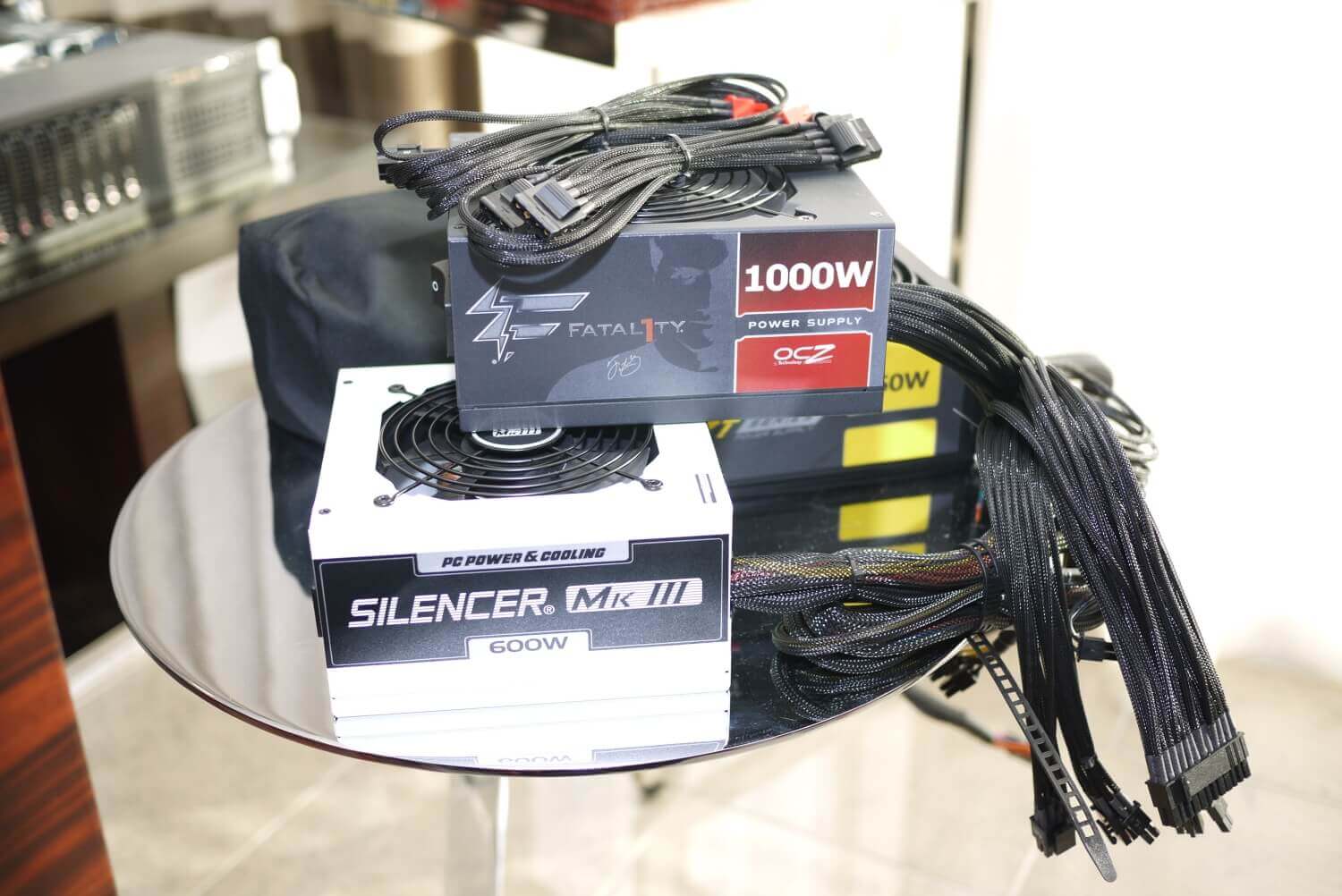
OCZ introduced its first 2.5-inch SATA II SSDs in March 2008. That was over a year before Microsoft released Windows 7, the first version of the operating system designed to work with solid state drives. The drives, offered in capacities of 32GB and 64GB, featured read and write speeds of up to 100MB/s and 80MB/s, respectively, and utilized no moving parts.
The latter made them a potentially attractive alternative for notebook and laptop enthusiasts concerned with mechanical hard drive failure.
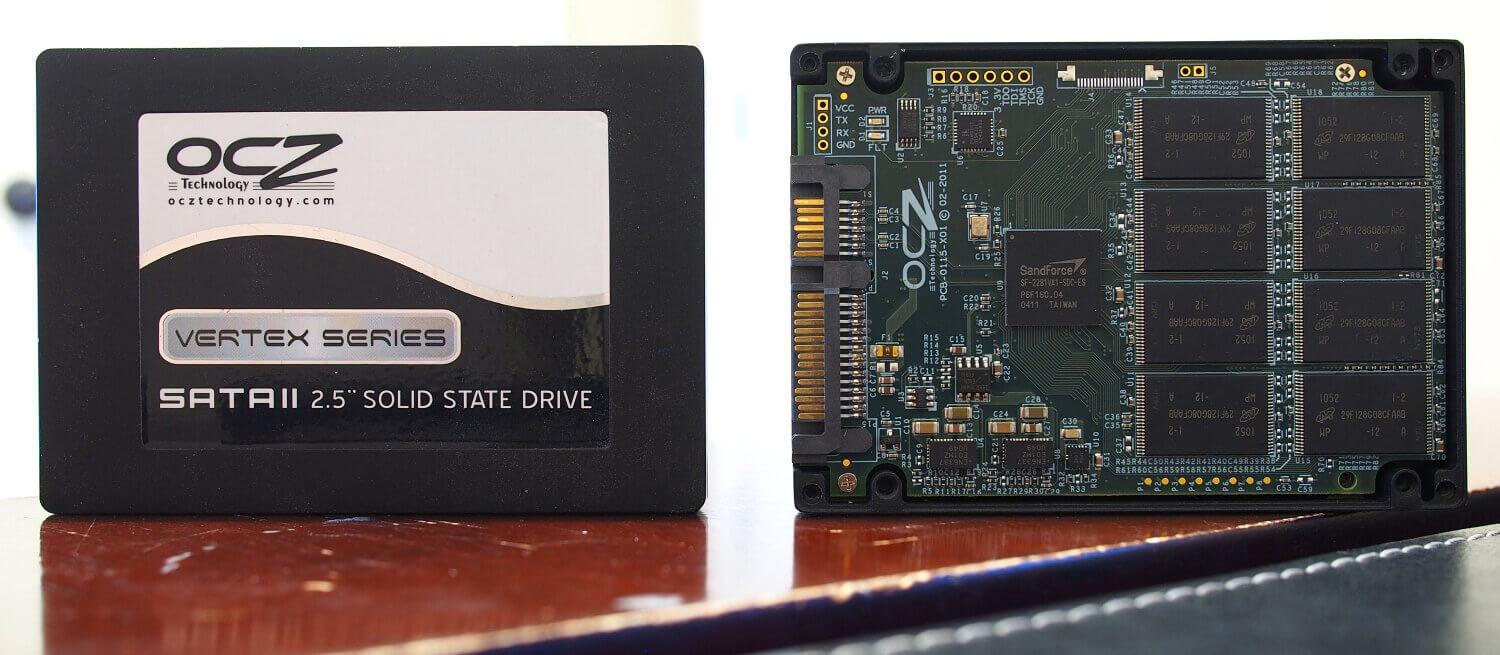
As is often the case with a new category of technology, there were a lot of wrinkles to iron out before marketing the tech to mainstream consumers.
Early examples didn't deliver the blistering speeds that today's drives are known for. In fact, performance could be quite inconsistent, especially if you didn't use an alignment tool to specify the optimal drive offset when setting everything up. Then there were issues with garbage collection and concerns over flash memory endurance.
SSDs eventually found their way into the mainstream, you could argue in part due to OCZ's contributions to push the technology forward.
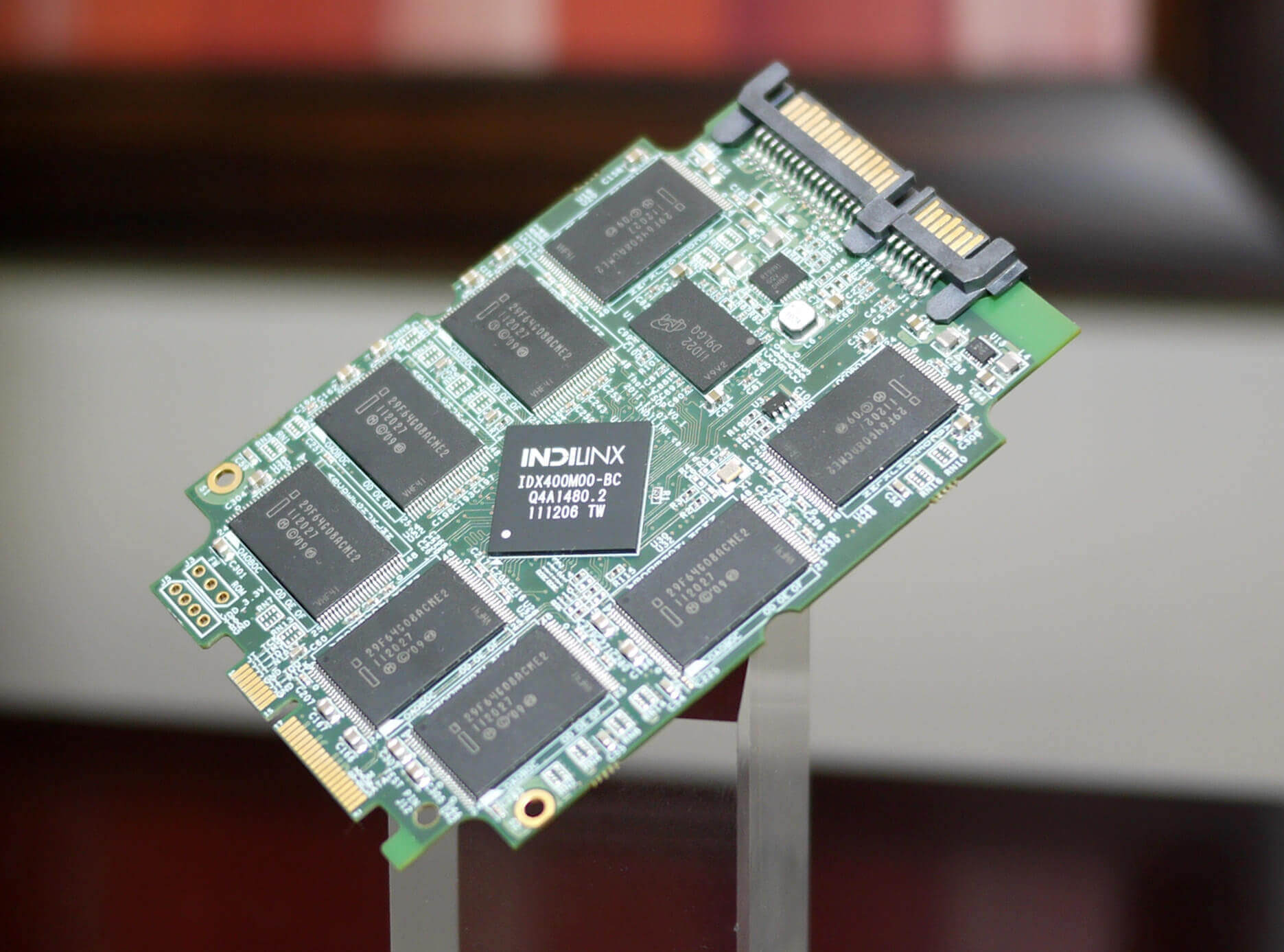
The company continued to iterate and experiment with different controllers and firmware, going so far as to exit the DRAM market and acquire flash memory specialist Indilinx just a few months later.
Pricing remained a concern as flash memory was an order of magnitude more expensive than traditional spinning media, but the performance gains that were finally materializing started making the juice worth the squeeze. Once enthusiasts started making the jump, it wasn't long before the rest of the industry followed suit.
OCZ released a plethora of SSDs over the next several years, each a bit more reliable and faster than before. We reviewed several of them. Higher-end devices like the RevoDrive further pushed the envelope, and the company even branched out into the enterprise space. In the end, however, it would all come crashing down.
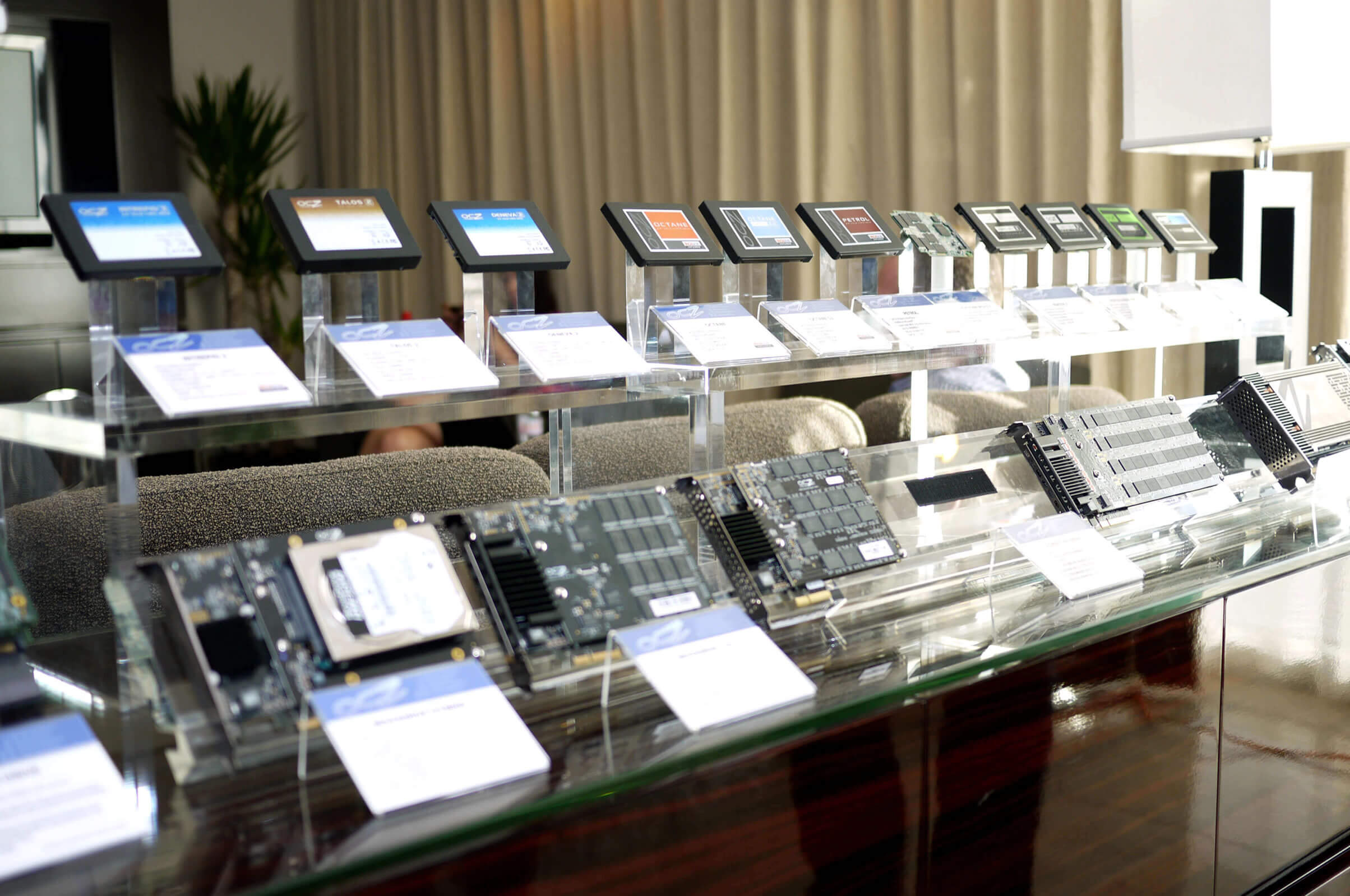
In September 2012, founder and CEO Ryan Petersen resigned from the company. Accounting and other legal issues would plague the business over the next year and in late 2013, it was revealed that Toshiba had agreed to buy nearly all of OCZ's assets for $35 million.
Toshiba said it would continue to run the business as a subsidiary called OCZ Storage Solutions. The Japanese tech giant did release some new OCZ-branded drives but ultimately, OCZ was dissolved and absorbed into Toshiba's memory group, later named Kioxia.
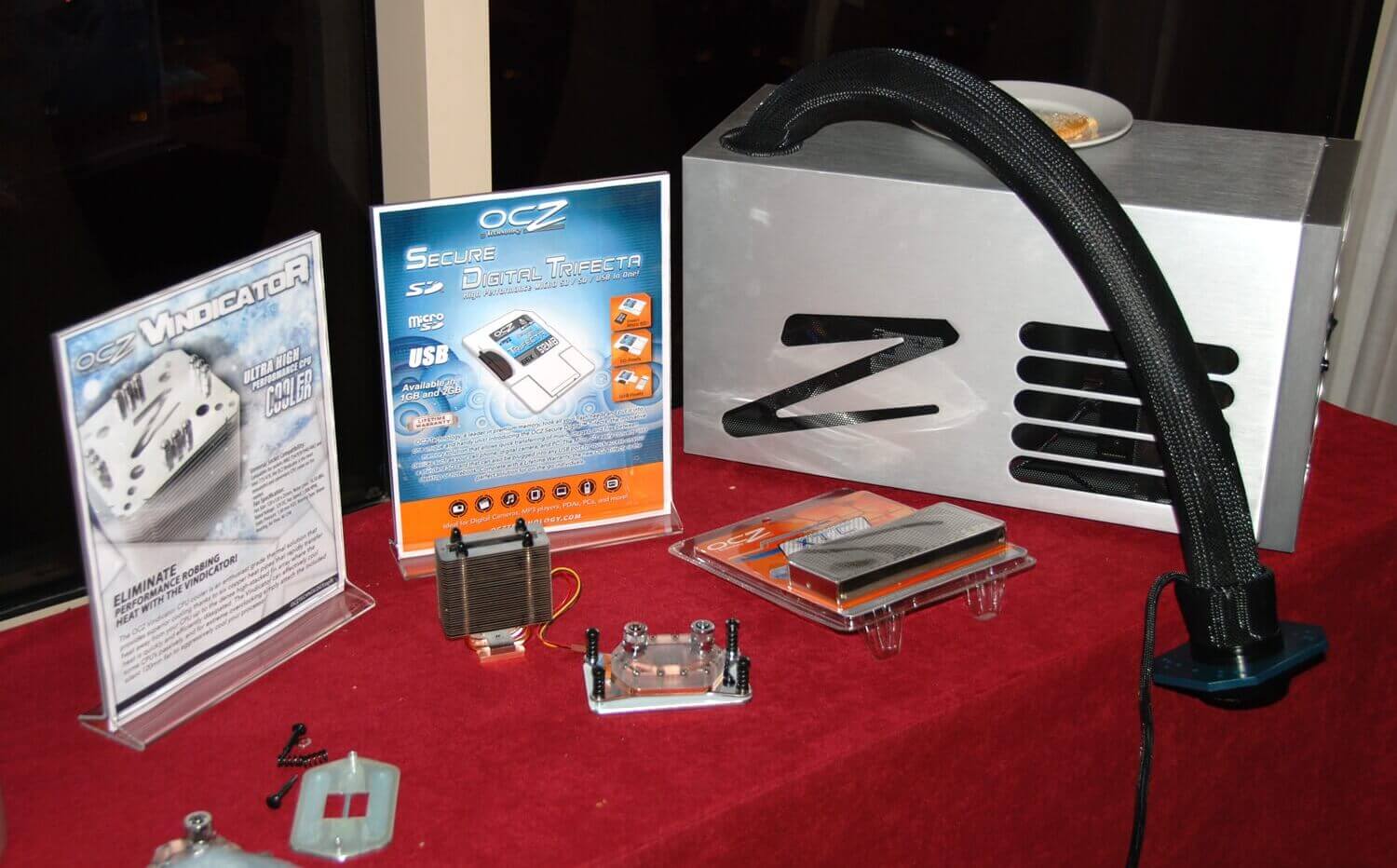
OCZ had its fair share of issues over the years and wasn't always the first choice among shoppers. But the outfit did have a hand in helping to make overclocking more mainstream and certainly pushed solid-state drives in the right direction.
Today, OCZ exists as "an SSD brand offered by Kioxia for the consumer market," according to its website. The latest press release from the brand is dated January 8, 2018, for the RC100 NVMe SSD.
Search
Categories
Latest Posts
Then and Now: 5 Generations of GeForce Graphics Compared
2025-06-27 01:27Best Beats deal: Save over $50 on Beats Powerbeats Pro 2
2025-06-27 01:18Enhance and Upscale: FSR 2.2 vs DLSS 2.4 Analysis
2025-06-27 01:12Wordle today: The answer and hints for June 17, 2025
2025-06-27 00:02They met on Tumblr, and their relationship outlasted their accounts
2025-06-27 00:01Popular Posts
Use Your Gaming Laptop and Play On Battery Power? Is It Possible?
2025-06-27 02:1521+ Programs to Analyze and Benchmark Your Hardware
2025-06-27 01:43Going From 20 to 40: A Graphics Card Upgrade Tale
2025-06-27 01:15Nvidia GeForce Now Ultimate vs. New Graphics Card
2025-06-27 00:48Assassin's Creed Origins: How Heavy is It on Your CPU?
2025-06-27 00:36Featured Posts
Amazon CEO tries to sell kids on working on the moon
2025-06-27 01:20LaurDIY on what over a decade on YouTube has taught her
2025-06-27 00:48GPU Pricing Update: Was AMD's Radeon RX 7000 Launch a Success?
2025-06-27 00:37Trump who? Tech giants join massive effort to uphold Paris Agreement
2025-06-27 00:07Popular Articles
Best MacBook deal: Save $150 on 2025 Apple MacBook Air
2025-06-27 01:44The GPU Market Finally Gives In, Nvidia Prices Drop
2025-06-27 01:37How Hot is Too Hot for PC Hardware?
2025-06-27 00:56Newsletter
Subscribe to our newsletter for the latest updates.
Comments (6275)
Vigorous Information Network
Elon Musk told Donald Trump what to do about the Paris Climate Agreement
2025-06-27 01:58Acceleration Information Network
The Inner Workings of PCI Express
2025-06-27 01:19Wise Information Network
Audible Premium Plus Prime Day deal: Get 3 months for free
2025-06-27 00:37Mark Information Network
TikTok trend features women protecting soft
2025-06-27 00:10Wave Information Network
Amazon CEO tries to sell kids on working on the moon
2025-06-26 23:51